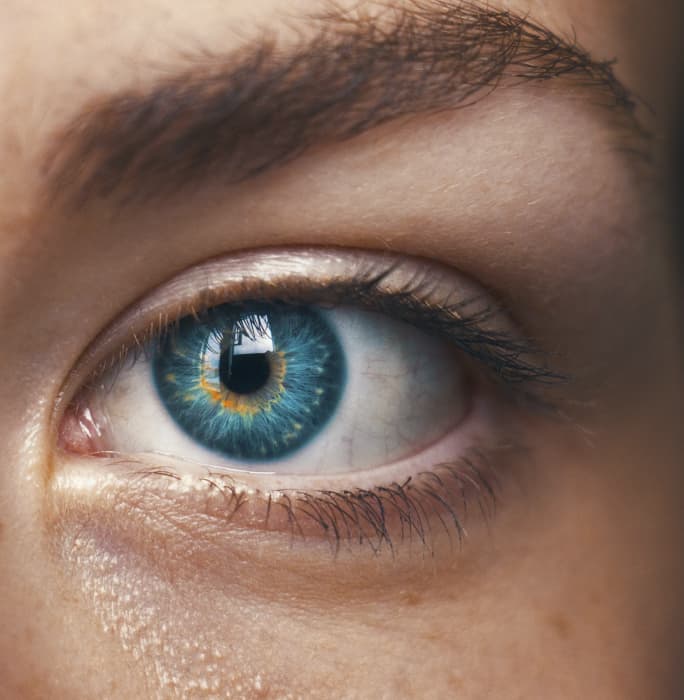Uwolnij się od okularów i soczewek kontaktowych
Soczewki kontaktowe do implantacji mogą pomóc Ci żyć bez ograniczeń, pozbywając się konieczności noszenia okularów i soczewek kontaktowych.

Procedura addytywna
Korekcja wzroku za pomocą soczewek kontaktowych do implantacji jest w zgodzie z naturalną budową oka — bez usuwania tkanki rogówki.
Gotowy(-a), aby odkryć swobodę widzenia z wszczepialnym soczewkom kontaktowym? Znajdź lekarza już dziś.
Wybierz swój region
Latin America
Przypisy
- Zhang H, Deng Y, Ma K, Yin H, Tang J. Analysis on the changes of objective indicators of dry eye after implantable
collamer lens (ICL) implantation surgery. Graefes Arch Clin Exp Ophthalmol. 2024 Jul;262(7):2321-2328.